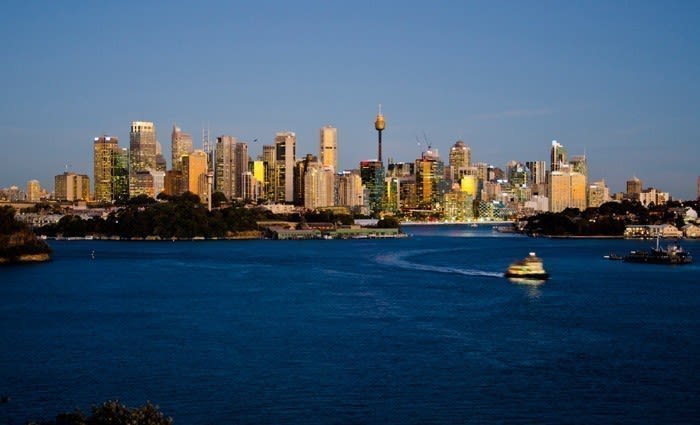Plan for Sydney must champion a more urban and global city
The release of the draft Greater Sydney Region Plan along with the related draft Future Transport Strategy signals a major shift in the character of the city as it becomes more urban.
It is good that the NSW Government has released an integrated regional plan for Sydney as well as a transport and infrastructure plan.
The 20 year plans along with the 40 year visions signal big changes for Sydney and it will be important that political parties and community groups embrace these changes as they underpin the economic and cultural framework for Sydney as a global city.
The aspirations from the plan are to lift Sydney from being a top 20 global city up to a top 10 global city and this will deliver quality jobs and economic prosperity. To reach this level, however, means that Sydney must mature from being an essentially suburban city to now balancing this with a new urban, cosmopolitan density linked to metro rail public transport. The reality is that the top world’s global cities have much greater densities than Sydney currently has.
It is important that the NSW Opposition and community groups that are currently expressing concern that Sydney is changing get behind the need to manage growth for future generations. The Greater Sydney Region Plan and the Future Transport Strategy can underpin a strong future for Sydney.
By focussing the new urban, apartment form of the city around railway stations will mean that most of Sydney will remain as low rise suburban housing. To change this suburban model with town houses would spread the negative concerns about change across many suburbs.
The regional plan has sensible statements about the provision of affordable housing through increased residential floor space that ensure the viability of housing projects. The Urban Taskforce is concerned that individual councils across metropolitan Sydney, however, believe that all developers should contribute a percentage of their apartments as affordable homes with no uplift. All this will do is slow down housing supply and therefore increase the cost of new housing.
The Future Transport Strategy included an analysis of other global cities that demonstrated that Sydney’s current density of 410 people per square kilometre is well below Tokyo (6,200), London (5,800), Paris (6,000), Singapore (7,000) Berlin (3,900) or New York (11,000). Car based cities like Los Angeles are at 1,050 people per square kilometre which is double that of Sydney’s current density.
The plans for heavy rail, metro rail, and intermediate transport (busses, ferry, light rail) demonstrate a real commitment to how the next phase of a denser Sydney will operate. It will be important to turn these plans and visions into real projects in future years.
A key statistic in the data presented in the regional plan is how each of the three identified cities for Sydney will accommodate growth in housing over the next 20 years (page 9). The East City will lead the way with 43.4% of the growth followed by the West city at 29.2% and the Central City at 27.4%.
Unfortunately the NSW Opposition and community groups are building up campaigns against development close to the Eastern City including attacks on projects in Marrickville, the Sydenham to Bankstown corridor and along Anzac Parade. Clearly these are areas where the tension of a move from suburban houses to apartments is creating local concerns. It will be important that these communities understand that the housing is for their own children and grand-children.
The Greater Sydney Region Plan makes a strong statement in relation to the Eastern Harbour City about 'protecting all industrial land from conversion to residential development, including conversion to mixed- use zonings'. This will make it difficult to achieve the housing growth targets for the East City.
To communicate the quality of a more urban environment the planning and transport documents use language that implies better quality will come. Terms like ‘walkable great places’, ‘successful places’ and ‘better placed’ are used to encourage readers to see the positives of urban density. It will be important as the plans are rolled out to give communities confidence that a new more urban quality environment can be the product of Sydney’s growth.
The Urban Taskforce is keen to work with the Greater Sydney Commission and the NSW Government in ensuring that the well-meaning objectives in the Greater Sydney Region Plan and the Future Transport Strategy translate into results on the ground. Sydney still has a housing supply problem with at least 725,000 new homes required over a 20 year period. Even in boom times it has been difficult to reach the yearly average of 36,250 new homes.
Chris Johnson is chief executive officer of property development industry group Urban Taskforce and can be contacted here.
